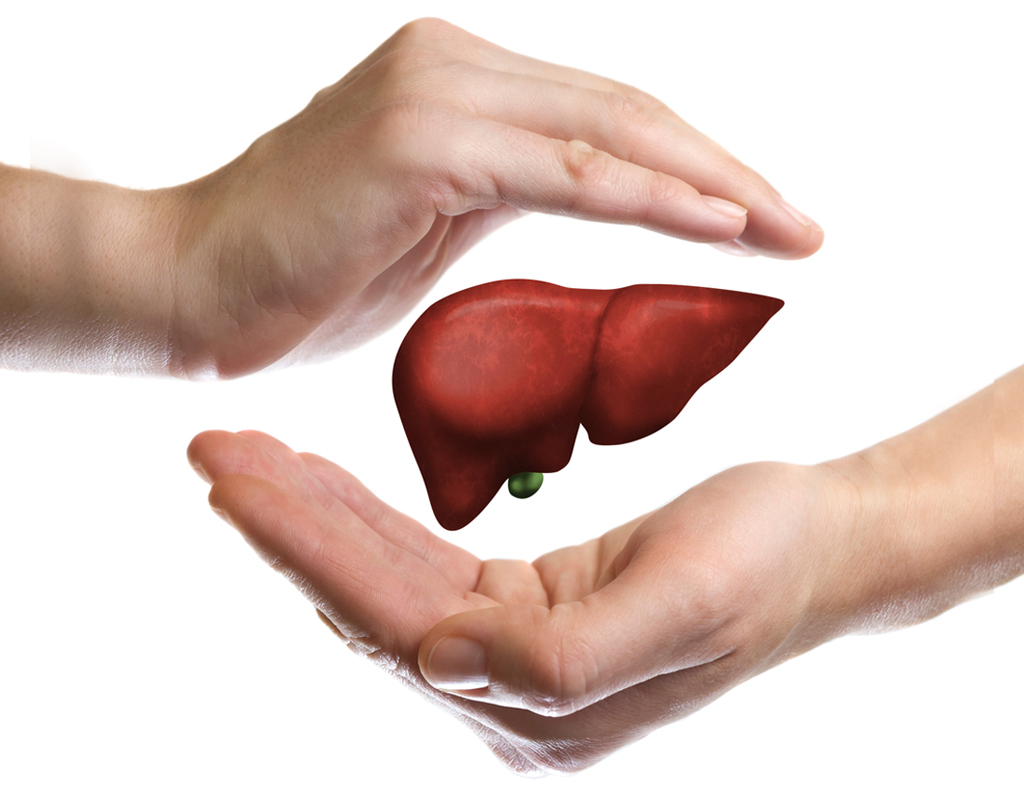Liver Cirrhosis


The liver is the largest organ within the human body. It has many vital functions. It produces bile, a mixture of chemicals, which helps in digestion and also helps in breaking down food to convert it into energy. It also removes harmful substances from the blood and helps in fighting infection. It makes chemicals that are important for blood clotting. It stores iron, vitamins and other essential substances. The liver is necessary for survival and there is currently no way that a person can survive without the liver.
What is cirrhosis?
The normal liver has a smooth surface and is soft in consistency. Cirrhosis is a condition where the liver is scarred – replacing the soft healthy tissue with hard scar tissue. Liver functions become difficult as cirrhosis becomes worse.
What causes cirrhosis?
Chronic, long-term liver diseases that damage the liver causes Cirrhosis. Generally, it takes many years for liver damage to lead to cirrhosis. Common causes of cirrhosis are alcohol, Hepatitis B, Hepatitis C, fatty liver disease and certain genetic diseases.
How does alcohol damage the liver?
Chronic alcohol use is the leading cause of cirrhosis in India. Excessive alcohol causes the liver to get inflamed, which over time, can lead to cirrhosis. Even small quantities of alcohol, if taken over a prolonged period of time, can lead to significant liver damage.
Chronic Hepatitis B and C viruses are important causes of cirrhosis in India. One may get Hepatitis B and C viruses by blood transfusion, infected needles, and razors, sexual transmission, and transmission from mother to child during birth. These viruses cause persistent infection of the liver, this leads to cirrhosis, alcoholic liver disease over time. About one in four people with chronic Hepatitis B or C develops cirrhosis. Development of cirrhosis can be prevented with early detection of these viruses followed by successful treatment.
Can fat in the liver cause cirrhosis?
People who are overweight, have diabetes or high cholesterol can accumulate fat in the liver. This is known as fatty liver. In some individuals, fatty liver may lead to the development of cirrhosis.
What other diseases can cause cirrhosis?
Some rare diseases of the bile ducts may lead to the development of cirrhosis. In these diseases, there is an obstruction of bile flow to the small intestine. The bile flow backs up in the liver making the liver to swell and can cause cirrhosis. Such diseases are called primary sclerosing cholangitis and primary biliary cirrhosis. Excess iron or copper deposition in the liver can also lead to cirrhosis. Certain genetic diseases can lead to cirrhosis, as well.
Also Read : Liver Function Test Normal Range
Generally, there are no symptoms of cirrhosis in the early stage. Patients feel healthy and unless certain blood tests and other special investigations are done, it may not be possible to detect cirrhosis at all. Almost 80 percent of the liver needs to be damaged before a patient develops symptoms.
What are the symptoms of advanced cirrhosis?
Symptoms of advanced cirrhosis include loss of appetite, tiredness, nausea, appendicitis,weight loss, abdominal pain, and itching. Other severe complications include:
- Jaundice, a yellow discoloration of the skin and eyes.
- Bruising and bleeding easily from nose, gums, and skin.
- Excess water build up, leading to swelling of the legs (edema) and abdomen (ascites)
- Mental confusion
Cirrhosis is diagnosed by symptoms, medical history, blood tests and a physical examination. Scans of the liver are often required. An easy test to detect cirrhosis in a person without any symptoms is aFibroscan. A Fibroscan is a special scan that detects the stiffness of the liver. As the liver stiffness increases, the severity of cirrhosis also increases. A liver biopsy may be needed to find out the exact cause of cirrhosis and to check how much of the liver is damaged.
It is important to find the exact reason for cirrhosis. Whatever is causing the liver damage has to be treated. Alcohol should be completely stopped. Hepatitis can be effectively treated with medicines. Control of obesity, diabetes, blood pressure, and cholesterol is important for patients with fatty liver-related cirrhosis. The treatment objectives are to prevent further damage of the liver and reduce complications. Certain complications like the accumulation of excess fluid in the body, secondary infections, and internal bleeding need specific medicines. When cirrhosis cannot be treated, and the patient develops signs of liver failure, the only possible treatment is a liver transplant.
Conclusion
The good news is that cirrhosis can be managed by taking a few steps. Tips to manage cirrhosis include:
- Maintain a healthy lifestyle (eat a healthy diet and exercise regularly).
- Stop drinking alcohol completely.
- Check for Hepatitis B and C and take treatment if you have one of these viruses.
- Limit salt in your diet. This reduces accumulation of water and swelling of the body.
- Do not take any medications, vitamins or supplements without consulting your doctor.
- Get vaccinations as per the advice of liver doctor.
- A weakness of bones is common in cirrhosis. Use calcium and vitamin D supplements.
- You may need regular blood tests to evaluate the condition of your liver periodically.
- You may need regular ultrasound scans to detect cancers that develop in cirrhotic livers. Liver cancers, if detected early, when they are small, can be treated effectively.
- Do not seek medications from quacks. Avoid herbal therapies or other alternative medications for cirrhosis. Some of these medications can actually cause more harm to the liver.
Finally, when someone reaches to a stage of compensated liver cirrhosis, then the only curative treatment left is timely Liver Transplant.
© Copyright 2024. Apollo Hospitals Group. All Rights Reserved.
 +91 8069991061
Book Health Check-up
+91 8069991061
Book Health Check-up




